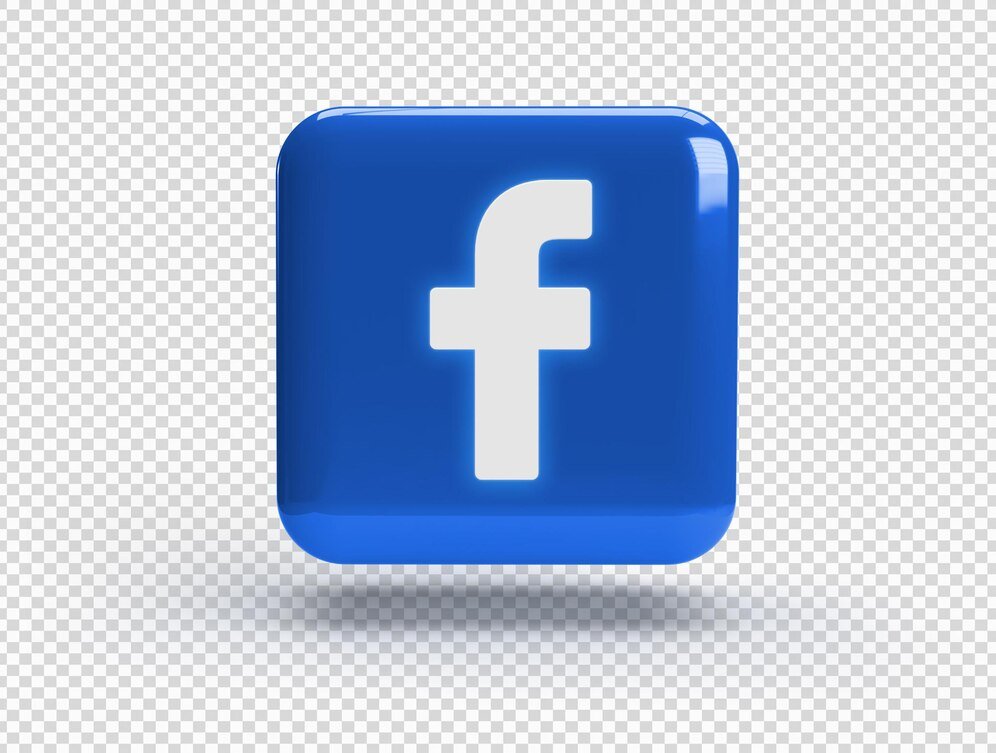In the realm of digital communication, Facebook has firmly established itself as the largest and most influential social media platform in the world. Since its launch in 2004, Facebook has evolved from a simple networking tool for college students into a global communication powerhouse with over 2.9 billion monthly active users. This article explores Facebook's history, features, business model, and its profound impact on society.
The Origins of Facebook
Facebook's story began in 2004 when Mark Zuckerberg and a group of fellow students at Harvard University created a social networking platform initially named "The Facebook." Initially limited to Harvard students, the platform expanded rapidly to other Ivy League universities, and by 2006, it opened up to anyone aged 13 and over with a valid email address. Facebook’s rapid growth was unprecedented, quickly transforming it from a college networking tool to a global phenomenon.
In 2012, Facebook became a publicly traded company, cementing its position in the tech world. By this time, it had already acquired millions of users worldwide, outpacing competitors like MySpace and Orkut, making Facebook the go-to platform for social networking.
Facebook's Core Features
At its core, Facebook is a social networking site that allows users to create profiles, connect with friends, and share updates, photos, videos, and links. However, over the years, Facebook has significantly expanded its features, making it more versatile and attractive to both individuals and businesses. Below are some of its most popular features:
1. News Feed: The heart of Facebook, the News Feed shows a personalized stream of updates from friends, family, and pages that users follow. It is designed to keep users engaged by showing content that Facebook's algorithm predicts will interest them most.
2. Messenger: Facebook Messenger, initially part of the core Facebook app, became a standalone app in 2014. It allows users to send instant messages, make voice and video calls, and share media with their contacts. Messenger has grown into one of the most widely used communication tools globally.
3. Groups: Facebook Groups allow users to join or create communities based on shared interests, goals, or causes. Groups can be public, private, or secret, offering flexibility in privacy and membership.
4. Pages: Facebook Pages are essential for businesses, brands, public figures, and organizations. Pages allow for public interaction, advertising, and content sharing, making it easier for users to engage with brands and services.
5. Marketplace: Facebook’s Marketplace is a convenient platform for buying and selling goods locally. Users can browse categories, list items for sale, and contact sellers directly through Facebook.
6. Events: Facebook Events enable users to create and attend virtual or physical events. The event feature has become especially useful for businesses and communities to organize meetings, webinars, or celebrations.
7. Reactions and Comments: In addition to the iconic “Like” button, Facebook introduced various reaction emojis in 2016 to allow users to express emotions more accurately. Comments and reactions play a vital role in user engagement, enabling interaction on posts and discussions.
The Business Model of Facebook
While Facebook remains free to use for the general public, its revenue model revolves around advertising. Facebook’s sophisticated ad platform allows businesses to target specific demographics, making it one of the most effective tools for digital marketing. Advertisers can create targeted campaigns based on user data, such as location, interests, behavior, and more. This level of precision has made Facebook advertising a highly lucrative business, generating billions in revenue annually.
Additionally, Facebook has expanded into the realms of virtual reality (through its acquisition of Oculus), e-commerce (via Facebook Shops), and payments (with Facebook Pay). These ventures demonstrate Facebook’s ambition to diversify its services and maintain its position as a tech giant.
Facebook's Impact on Society
As one of the most widely used digital platforms, Facebook has had an undeniable impact on the way we communicate, share information, and interact with the world. Its influence can be seen in various aspects of society:
1. Social Connections: Facebook has changed how people stay connected. With the click of a button, users can reconnect with old friends, keep in touch with family members, or form new relationships, regardless of physical distance.
2. Political and Social Movements: Facebook has become a platform for activism and awareness. From organizing protests to raising funds for humanitarian causes, it has played a crucial role in social and political movements globally.
3. Information and News: Facebook has transformed how people consume news. The platform has become a primary source of information for millions, though it has also faced scrutiny for spreading misinformation and "fake news." In response, Facebook has partnered with fact-checkers and implemented tools to combat false information.
4. Business and Marketing: Facebook has revolutionized the way businesses engage with their audience. From small businesses to large corporations, brands use Facebook’s advertising tools and features to reach potential customers, increase brand awareness, and drive sales.
Criticisms and Challenges
Despite its many advantages, Facebook has faced its share of controversies and challenges. The company has been criticized for its role in spreading misinformation, facilitating data breaches (such as the Cambridge Analytica scandal), and handling user privacy. Facebook has responded by implementing stronger security measures and transparency initiatives, though skepticism about its practices persists.
The platform is also criticized for its role in amplifying political polarization and spreading harmful content. Governments around world have called stricter regulations on social media platforms, Facebook continues navigate these challenges while maintaining user base.
Conclusion
Facebook’s journey from Harvard dorm room project to the world’s largest social media platform testament to its ability adapt innovate. With billions of users, a powerful advertising platform, broad suite of features, Facebook continues to shape the digital landscape. However, its future depends on how it handles the challenges of privacy, misinformation, and regulatory pressures.
Categories: Social media
